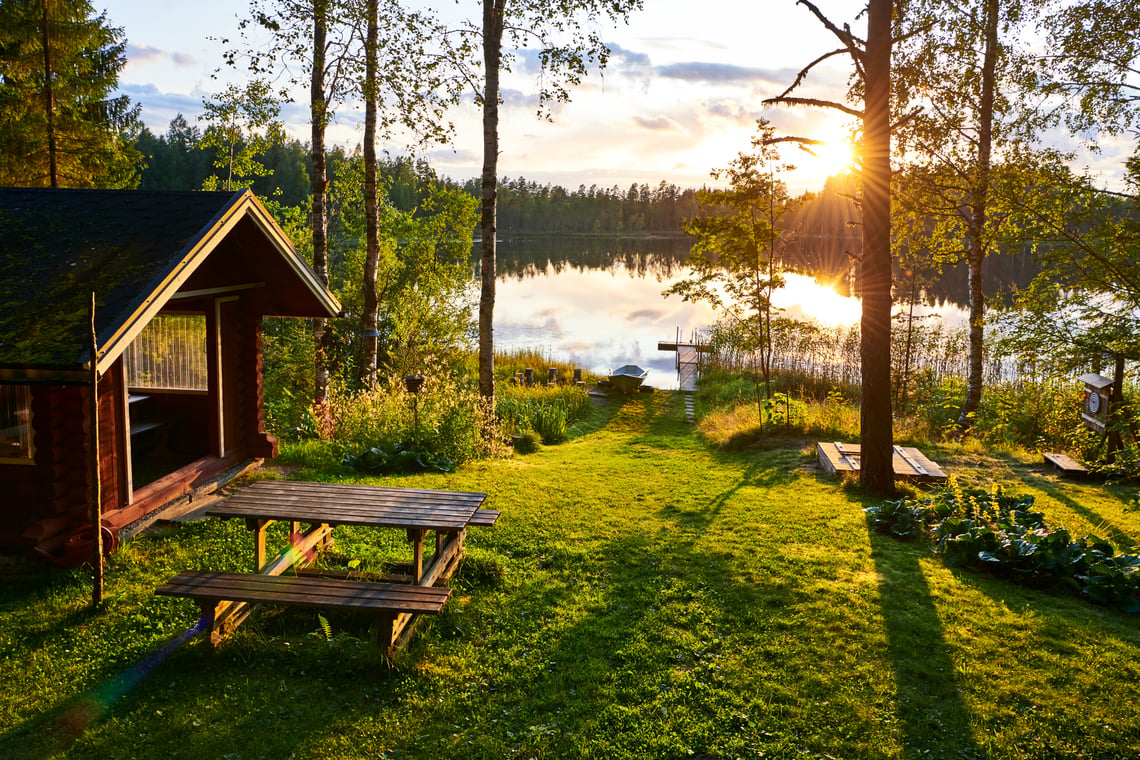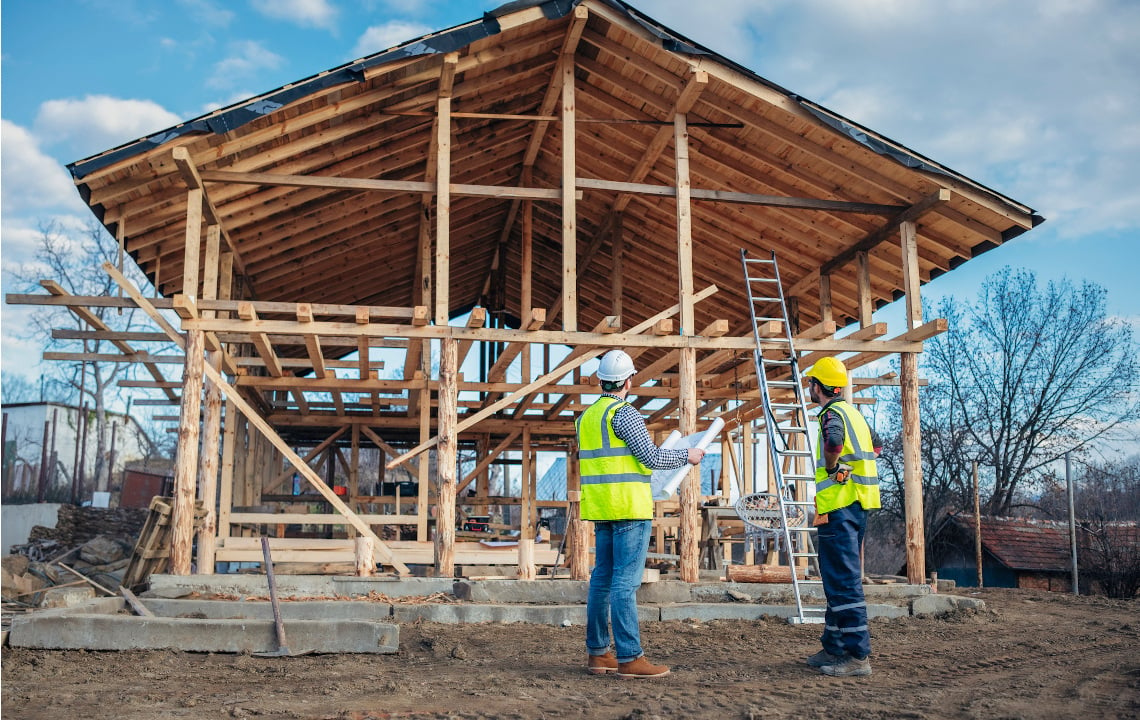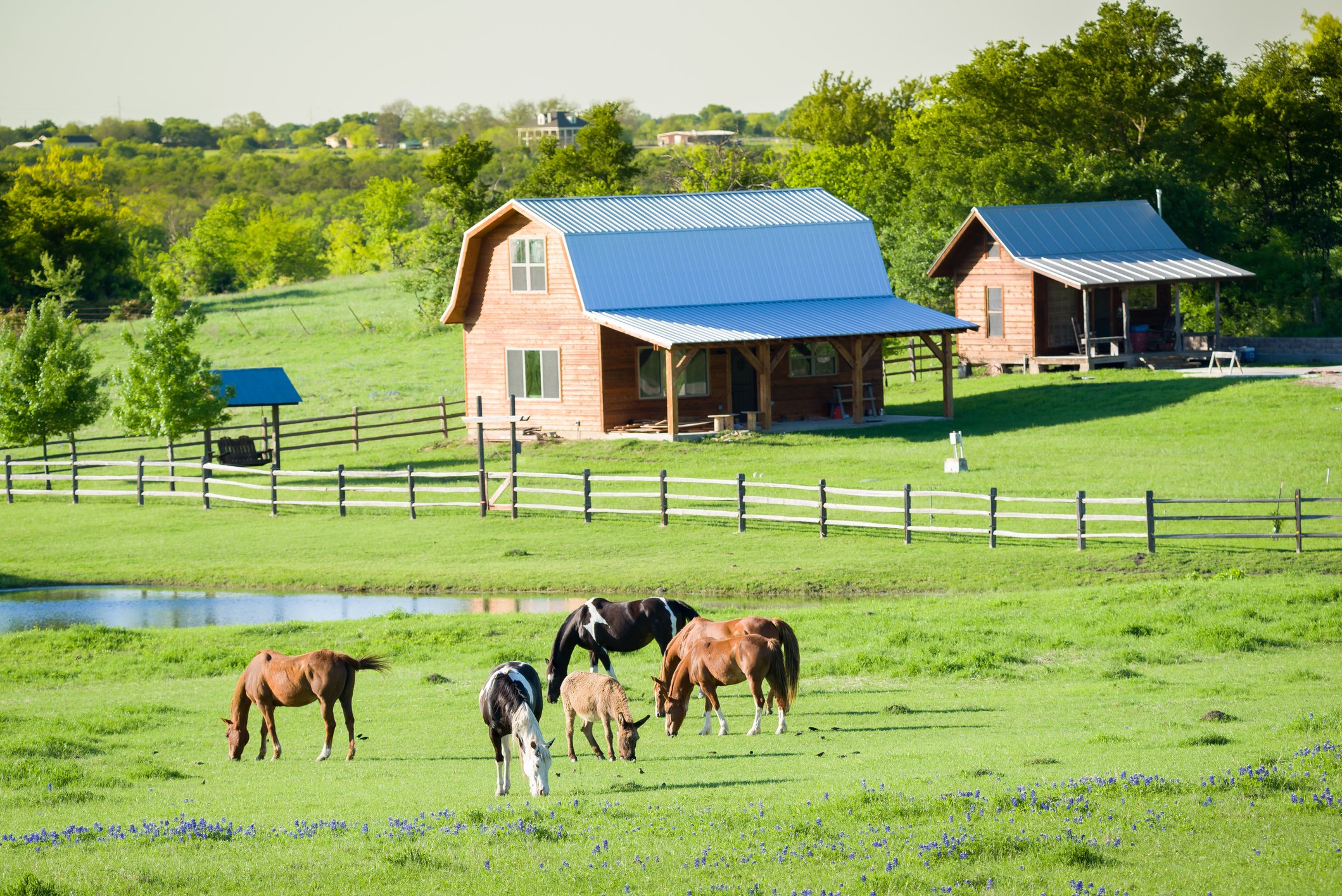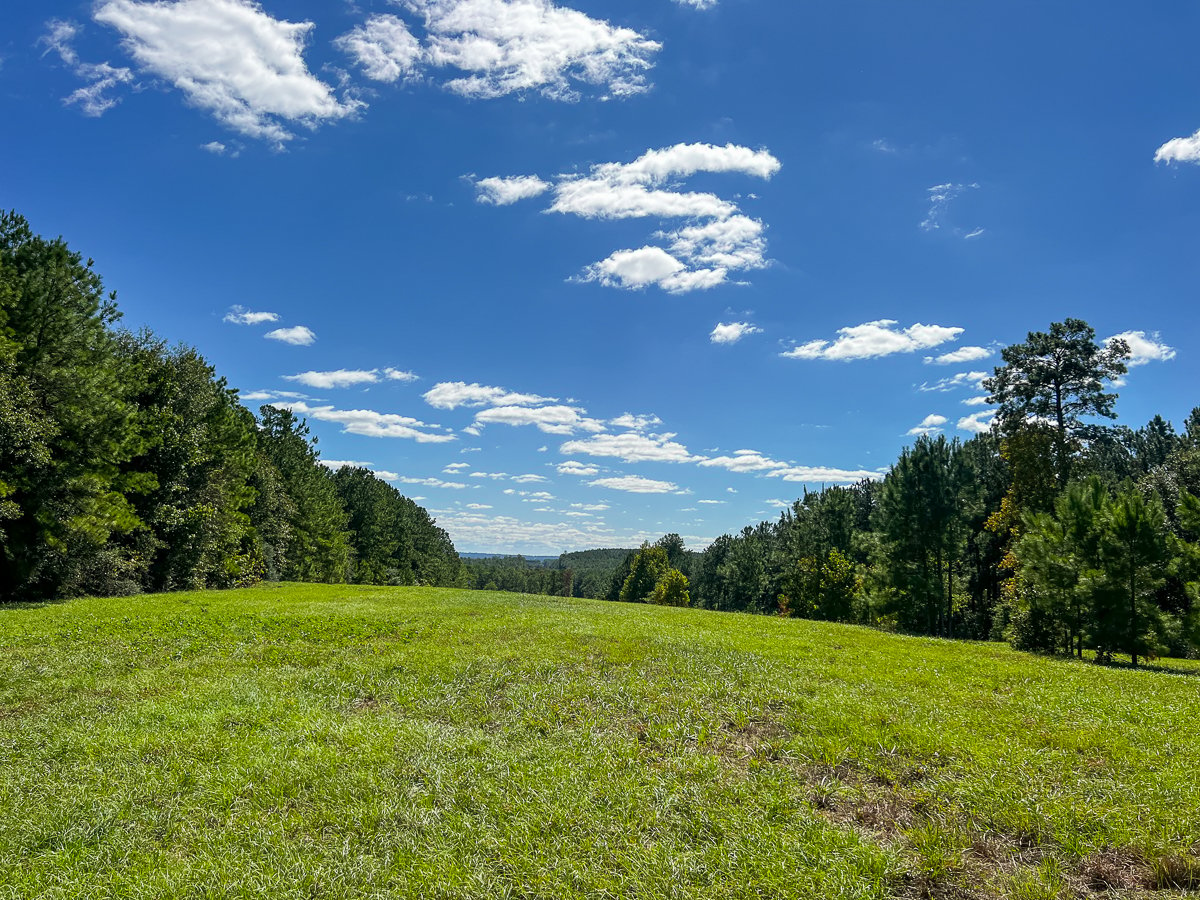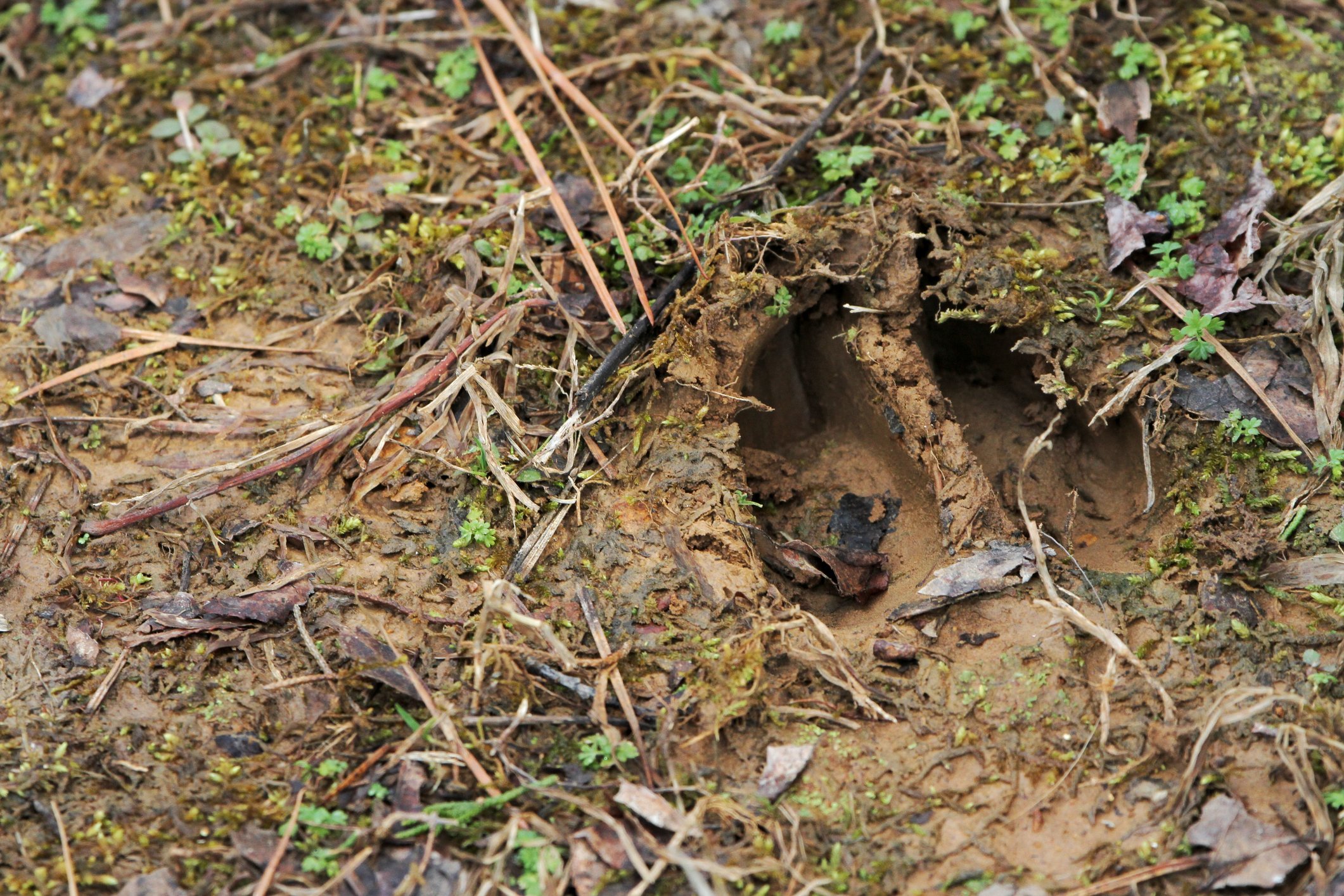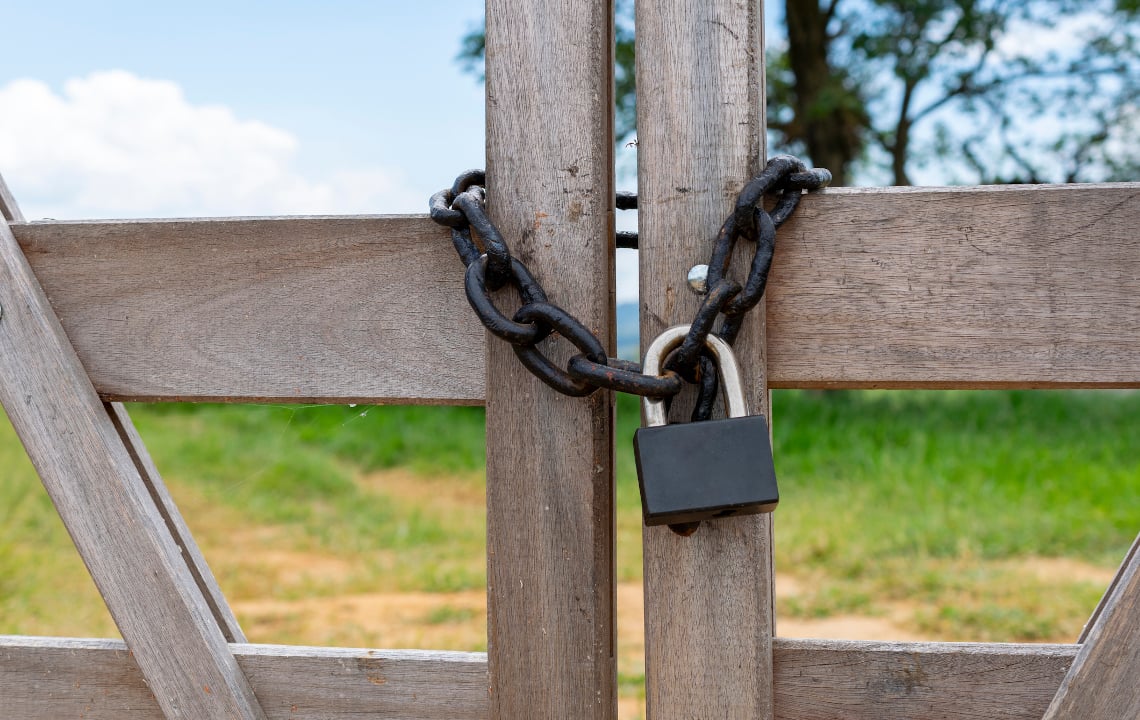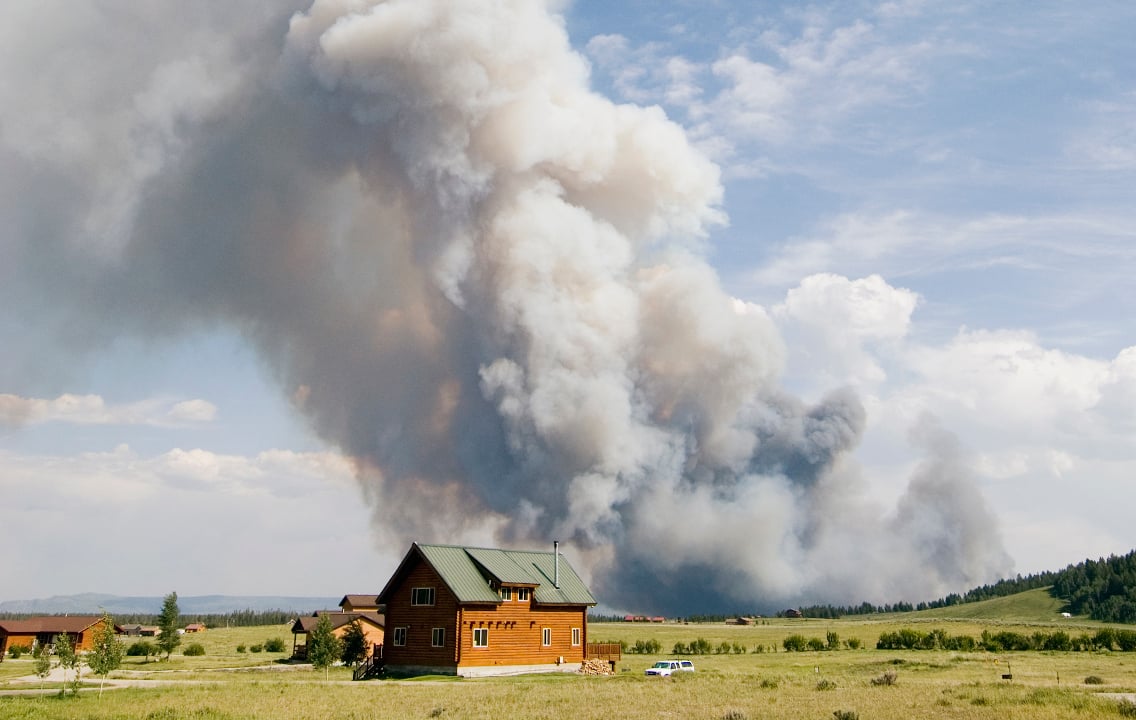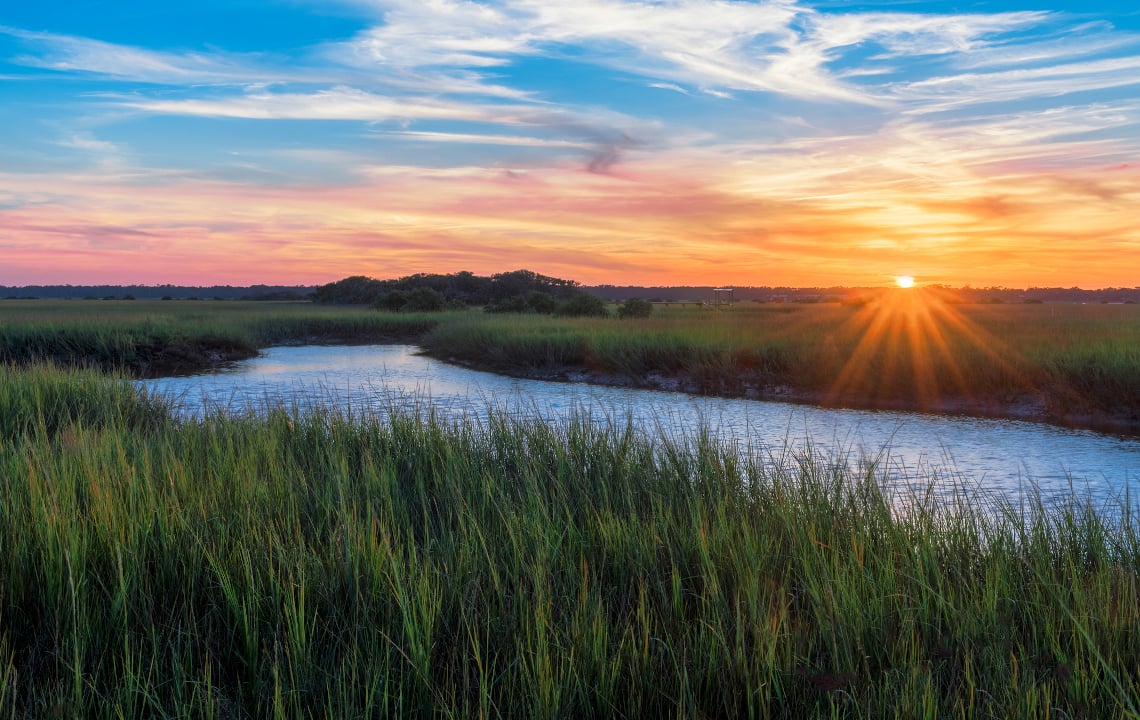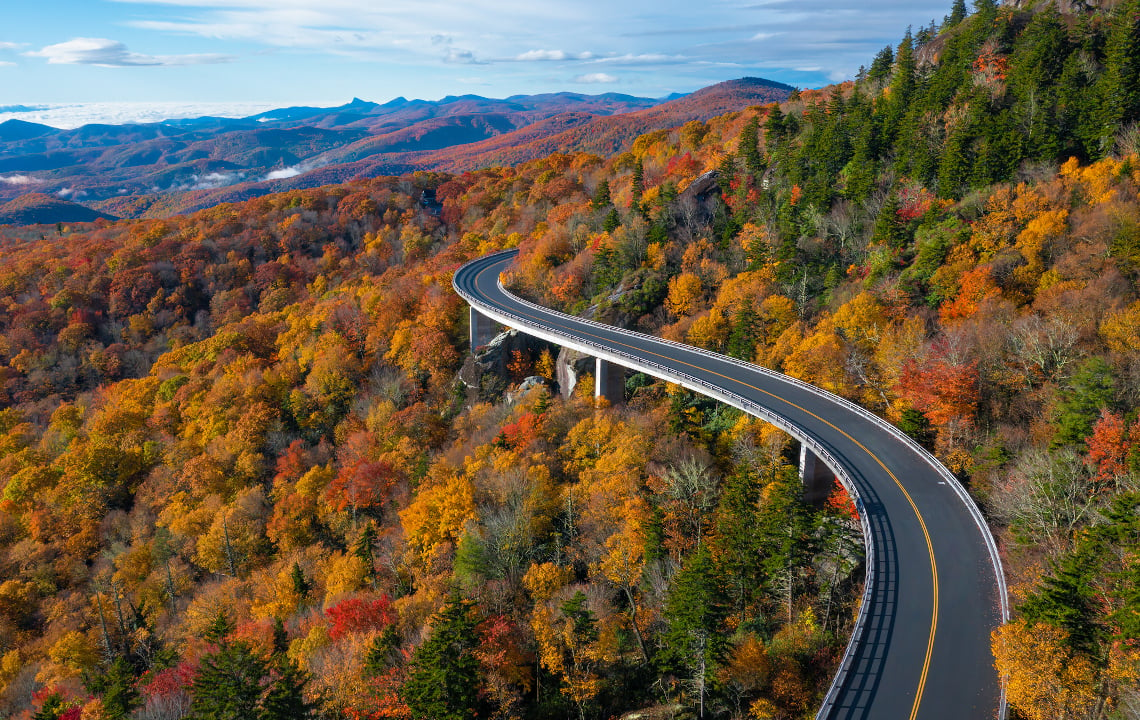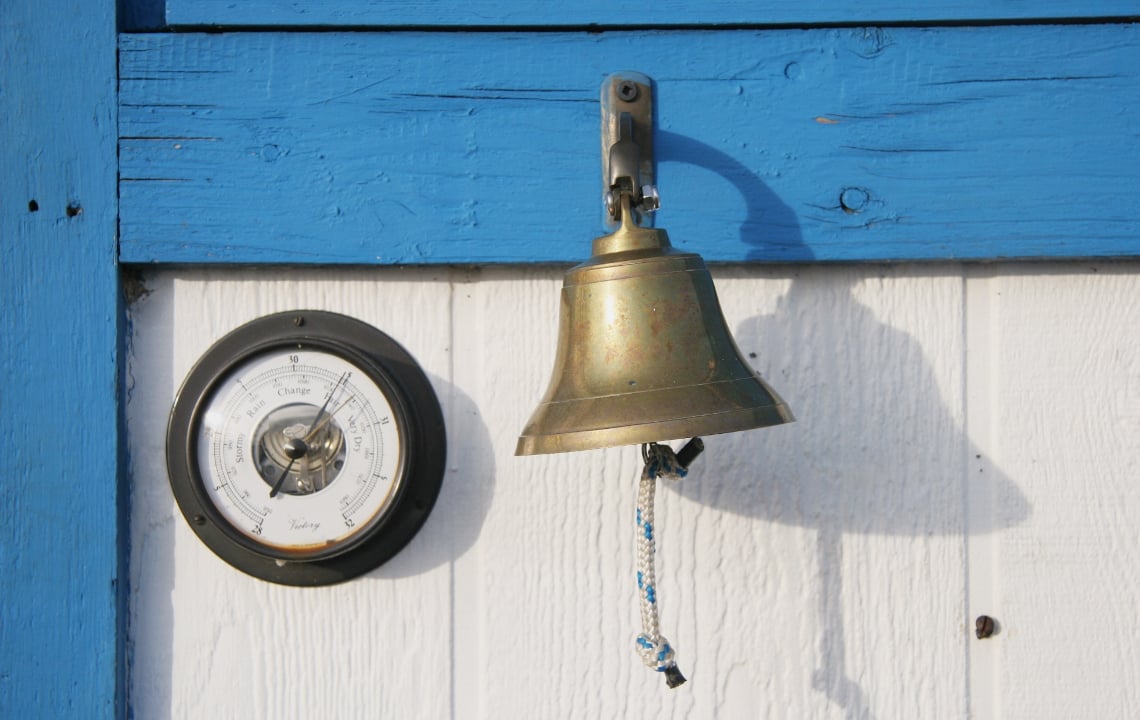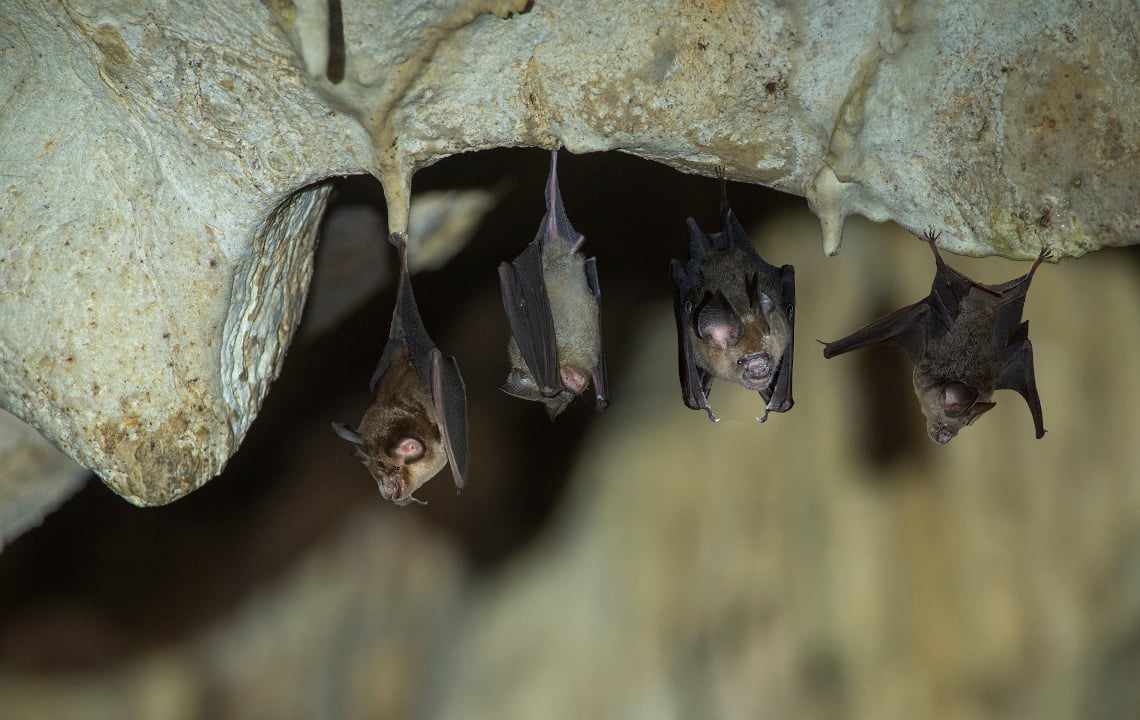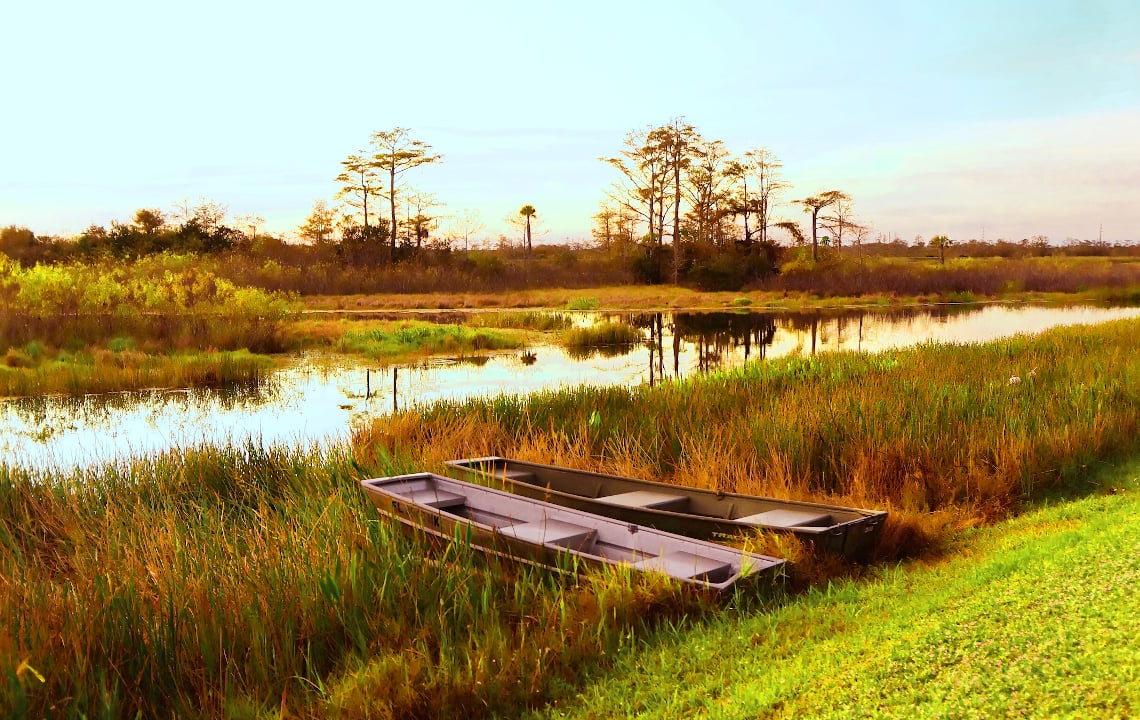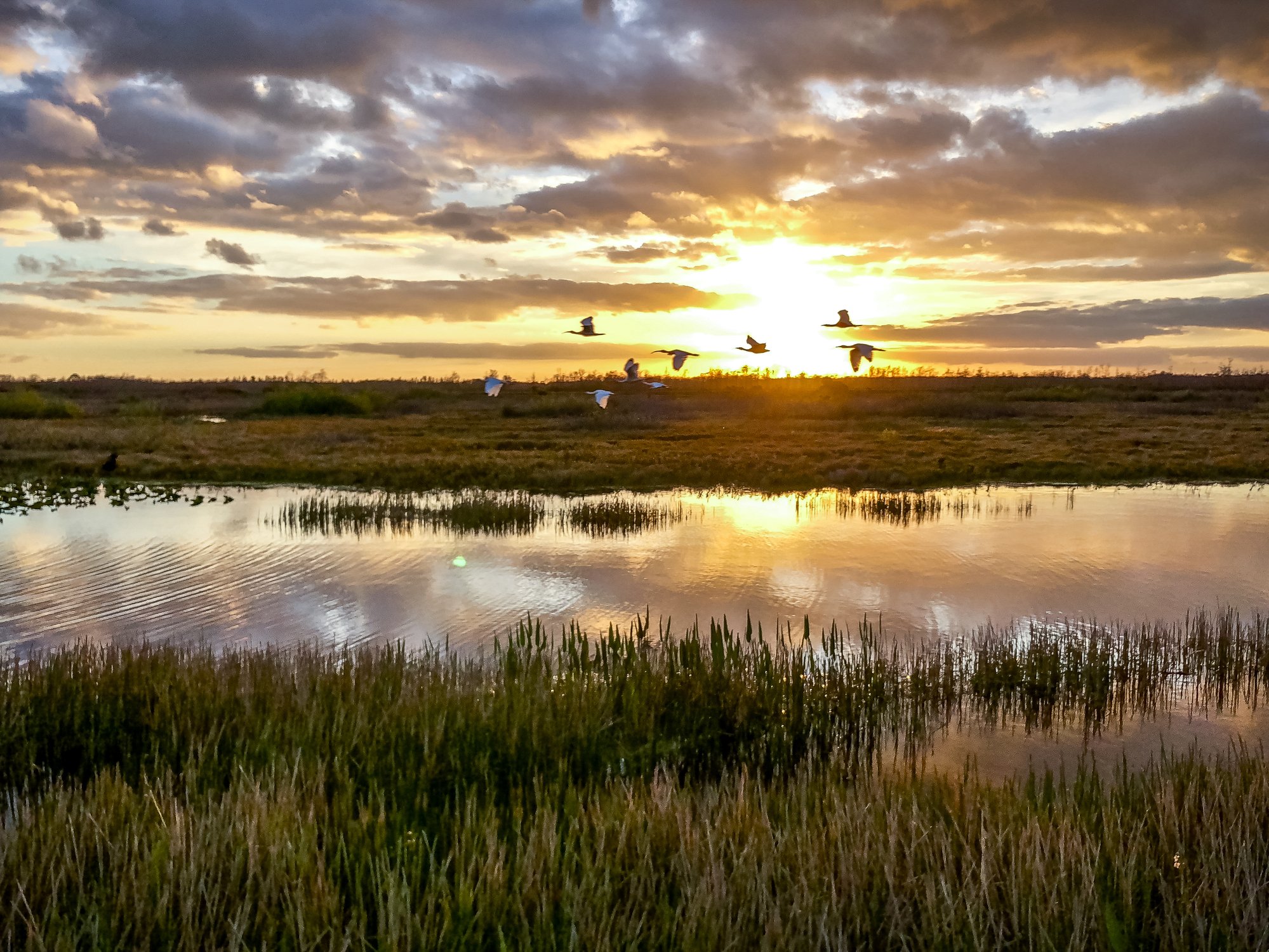If you’re not ready to turn your large tract of land into a permanent homestead, but still want to make the most of your recreational property, consider one of these alternatives to digging a foundation.
You’ve got big plans for your large tract of land and they may not necessarily include a permanent residence. Even if you use your recreational property exclusively for hunting, fishing, ATV riding or just an occasional escape from the city, you’ll likely want a shelter to protect you and your equipment from the elements.
1. Pitch a Tent
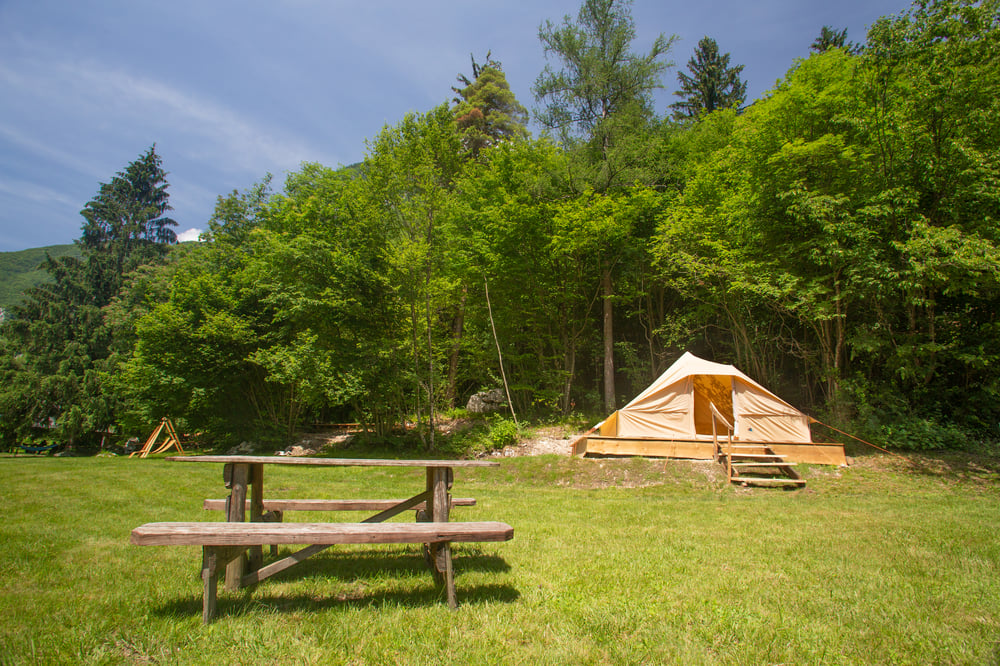
If your goal is to leave your land pristine every time you pack up, a portable, temporary shelter may be the best option. Of course pitching a tent these days can mean anything from a full-on glampground to carrying in your own heavy duty tarp to string up between two trees. There is a wide range of camping tents on the market for all climates and terrain.
On the plus side, tents are portable, lightweight and inexpensive. They leave little to no footprint behind and can be completely removed in short order. But they aren’t great for longer than a night or two under the stars and provide minimal shelter from the elements.
2. Bubble Up
For an even more out-of-the-box option, try pitching a bubble hut. It allows for slightly more structure than a cloth or tarp tent but is still portable and significantly less expensive than a permanent structure—a typical set up is less than $4,000 all-in. They’re also inexpensive to operate, requiring roughly the same power as a house fan, and can be plumbed for AC and heat. “Some of our customers even operate off solar energy,” says Bubble Huts LLC’s Dean Kaiserman.
A bubble hut offers the full-on glamping experience, allowing you and guests to enjoy shelter and comfort under the stars. While much sturdier than a traditional tent, bubble huts do not require a special permit to set up on your land. They do get hot during the day, though and aren’t recommended in very cold weather.
3. Go Dome
If dome life is appealing to you, there are plenty of geodesic living options that range from simple popup structures to extravagant multi-room compounds. A geodesic dome is made of a series of connecting rods covered in weather resistant material.
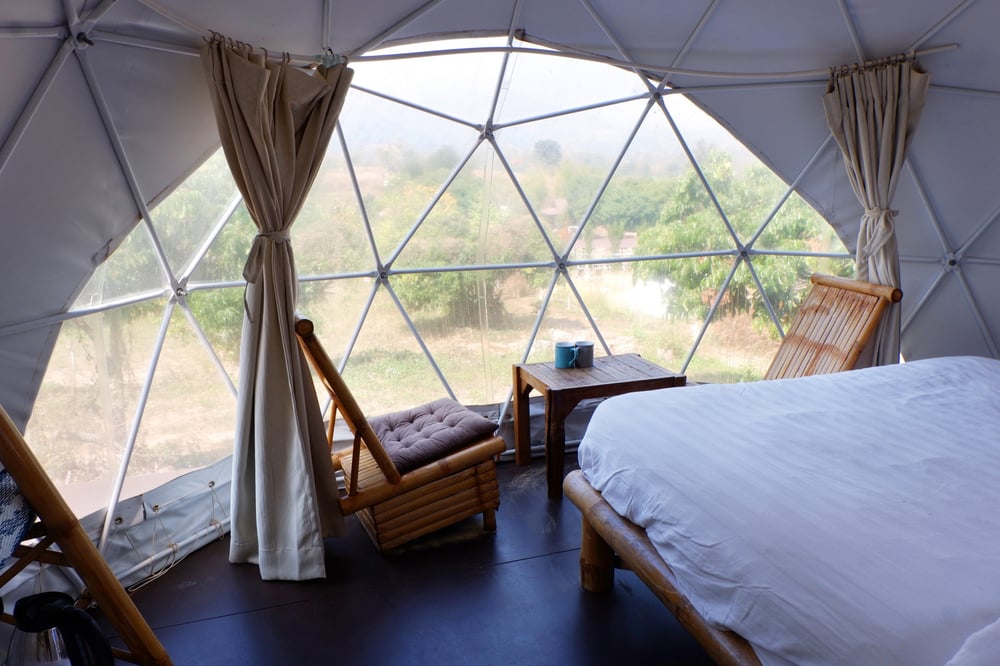
California-based Sonostar’s shelter dome features about 450 square feet of useable space, water-proof cover, screened windows and even a vent for a wood burning stove. Pacific Domes’ Dwell shelters start at 195 square feet all the way up to 2,800 square feet of floor space. Both companies offer domes that fall into the tarp-covered support structure category.
For a more permanent dome home, a number of companies offer build kits ranging from $10,000 to $50,000 and beyond.
According to Houston-based Legal Eagle Trade Contractors, a kit is the easiest way to get into dome building. “Timberline’s hub-and-strut framework allows homeowners with no building experience to assemble the entire dome with just socket wrenches, hammers, and ladders (with scaffolding and a nail gun recommended). Without a kit, you’re looking at cutting a lot of triangles and doing a lot of math!”
4. Look Up
Make your childhood dreams come true with a tree house fit for a grownup. Your tree house can be as simple as a 6x6 shed on stilts — perfect for the avid hunter — to a home that would make the Swiss Family Robinson jealous. You’re limited only by your imagination and budget.
On the plus side: You get to relive all the best parts of tree climbing and fort building, but as an adult.
The downside: It can get pricey and the DIY elements of building a permanent structure are made more complicated by gravity.
Check out: How to Build Your First Treehouse for more helpful tips.
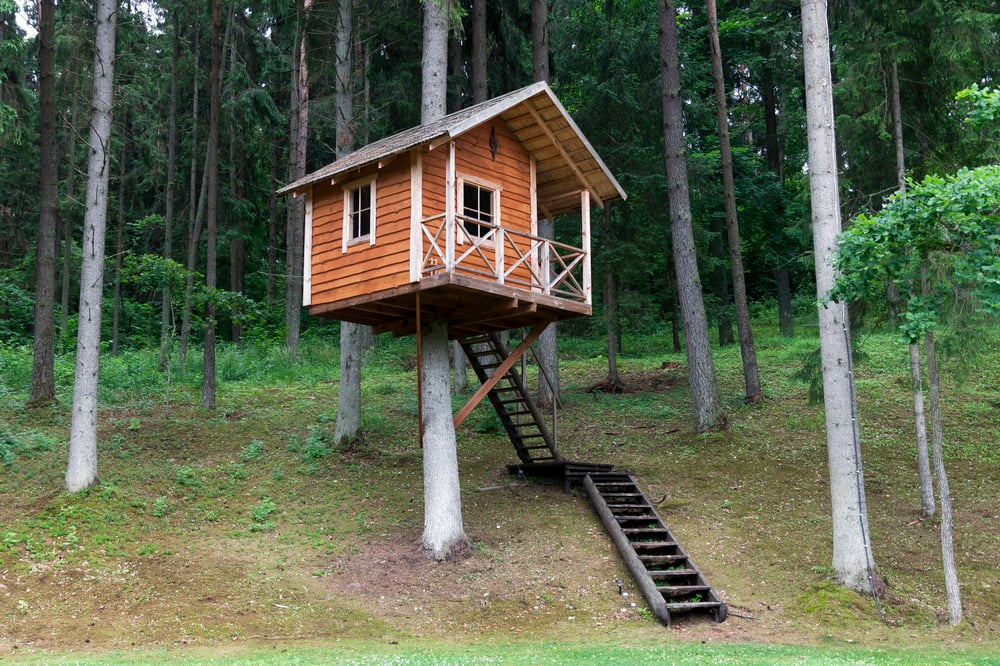
5. Tiny Does It
By now the tiny house movement is a less trendy and more established option for those looking to live small. Whether you choose to DIY your tiny home, start with a shelter kit, or purchase a pre-built model, there is plenty to consider. Do you want your home to be mobile or fixed to your property? Will you be renting it out or using it strictly for yourself? What amenities are important to you?
Tiny house kits are ubiquitous and come with everything you need to set up a shelter to meet your needs. You can even buy them on Amazon. And while kits are everywhere, they’re not all created equal. Make sure to do your due diligence and purchase from a reputable company.
If you go the DIY route, you’ll save money, but plan to put in plenty of sweat equity. For the hands-off landowner, the average pre-built tiny home can cost between $60,000 and $75,000 dollars. It’s still less than building a traditional home, but not the massive costs savings many imagine.
Learn more in: The Beginner’s Guide to Do-It-Yourself Home Kits and How Much Does a Tiny House Cost to Build?.
6. Go Survivalist
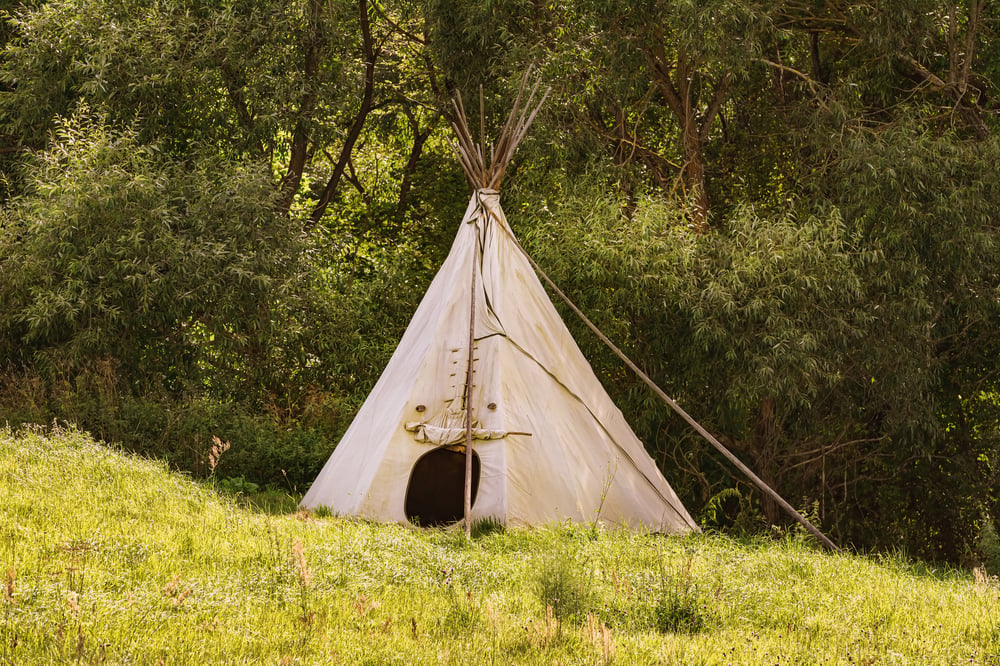
Teepees, lean-tos, even a cave or rock structure. Look around your property and gather materials to make an all-natural escape from the elements. Make a more long-term shelter by focusing on a solid foundation and taking care in construction. For a good idea of what a bug out base could look like, check out Youtuber Survival Lilly’s super shelter complete with a hunting seat, fire pit and raised bed.
7. Think Outside the Box
One perk of recreational acreage is it gives you the freedom to build the type of shelter or more "luxurious" second home you want. For many people, that means considering an outside-the-box home.
Some ideas include, cob homes, strawbale homes, container homes, barndominiums, or earth sheltered homes...the possibilities are endless!


